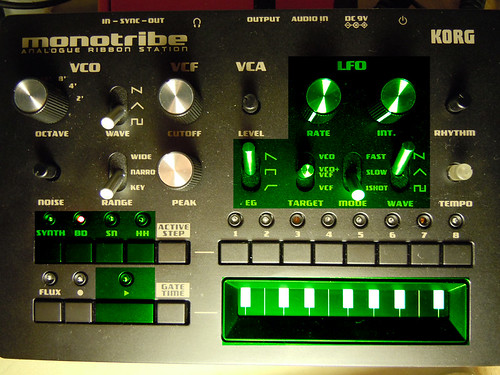› Spoiler: this was proven wrong, fortunately
‹ Spoiler: this was proven wrong, fortunately
Quite possibly there are chips on the other side. A more exotic theory is that there's a big hole on the other side where there's a chip die covered with epoxy, similar to glop top/black blob cartridges but with a flat surface. This would be awesome, but also require a custom, expensive manufacturing process, so...
However, as sexy as it looks, I see several problems with this design.
It probably won't work with GBA. See how the part that goes into the cartridge slot isn't as wide as the rest of the cartridge? Those missing pieces on the sides create a problem. On GBA, there's an electrical switch near the cartridge slot which is pushed by old Gameboy cartridges, but not by GBA cartridges because they have a notch there. That's how a GBA can tell which kind of cartridge is in the unit. And with the design of the NL cartridge above, a GBA would think this is a GBA cartridge.
There's the possibility that this is completely intentional and that the cartridge is a dual system cartridge, that will boot a GBA version in a GBA but...
Then there's the question of durability and mechanical stability. An normal cartridge is meant to fit snugly in the cartridge slot. It has support from all sides. (Front, back, sides, bottom, and on a DMG the switch provides support on the top.) The PCB cartridge design loses support on the support it normally has from the front ("label side") inside the cartridge slot. This would make it easier for the cartridge to fall out from the Gameboy on models newer than DMG, or if the user has removed the locking piece from the power switch. The PCB cartridge can wobble slightly, and the pressure from the cart slot pins now constitutes a major portion of keeping the cartridge in place.
This can be adjusted with the PCB thickness, which leads me to the next point. If the cartridge is not flat on the bottom, i.e. if it has chips on the bottom side that are taller than PCB surface, they will receive stress from insertion and removal. No matter how thin they are, they will receive pressure from the user's fingers at removal. In a regular cartridge, this pressure is received only by the plastic in the case, and the cartridge has a hole (old cart) or bump (GBC cart) at the top to aid removal. With a completely flat surface, you have to rely on the friction between the user's fingers and the PCB surface for removal. And here the thickness matters. Thinner PCB = easier to remove, but easier accidental removal. And again, if there are chips on the bottom, the PCB will act as a lever with the chips as a fulcrum.
It's a object sexy to look at, but I see a few problems with it. I'd love for Oliver to prove me wrong on all of my points, though.
